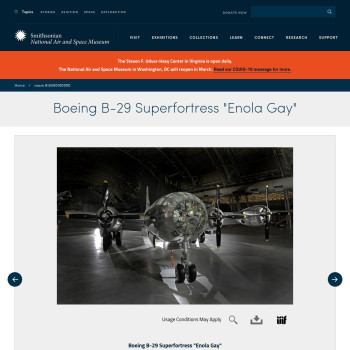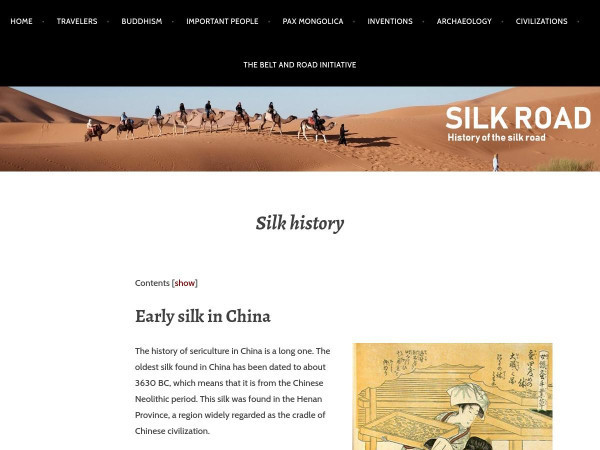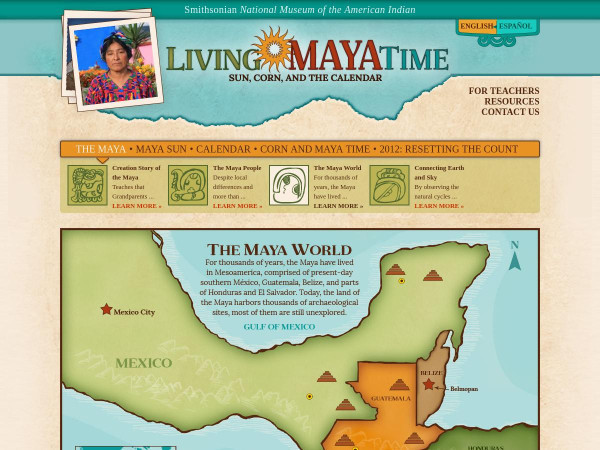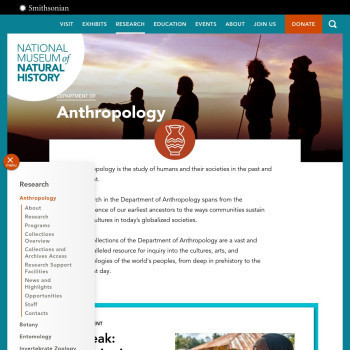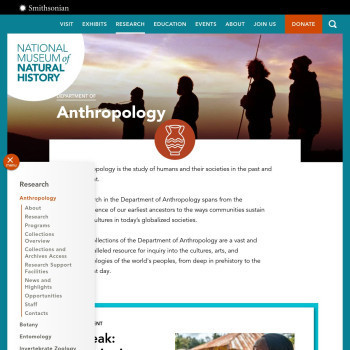ufn44 uln44
Learning Lab Coordinator
Smithsonian Institution
Middle School (13 to 15 years old), High School (16 to 18 years old)
Teacher/Educator
Language Arts And English, Civics, Literature, Cultures, Economics, Social Studies, Geography, Writing, US History, Arts, Other
:
I'm a history-lover, art fan, and bookworm. I taught high school history (U.S. History and World Religions) for ten years in North Carolina, teach currently in Pittsburgh, PA, and am working to help teachers make the most of this new resource!
ufn44 uln44's collections
Building the Berlin Wall
This teaching collection explores the Berlin crisis leading to the building of the Berlin Wall. It addresses the following guiding questions through primary/secondary sources and teaching suggestions:
-Why was Berlin the center of crisis in between 1958-1961?
-Why did the Soviet Union sanction the construction of the Berlin Wall?
-Why did the United States allow it to happen?
-How did the Wall affect the lives of East and West Berliners?
-Does the end (no more crises in Berlin) justify the means (the Wall)?
-How does this incident reflect the greater issues of the Cold War?
Students will practice reading primary sources and analyzing multiple perspectives.
Tags: Wilson Center, Cold War, Khruschev, Stalin, Berlin, Wall, Kennedy, Soviet Union, USSR, Communism
 ufn44 uln44
ufn44 uln44
17
Fourth of July Celebrations
A topical collection inspired by the Fourth of July holiday. Have a picnic, see some fireworks, and enjoy our nation's independence!
 ufn44 uln44
ufn44 uln44
14
What Do You Think? Dropping the A-bombs to End World War II (WW2)
This collection asks students to create their own exhibit on a controversial subject: the use of atomic weapons on Hiroshima and Nagasaki to end World War II. Students will create a collection that includes five items reflecting their answers to the following questions:
-How should the bombings of Hiroshima and Nagasaki be remembered?
-Was it necessary to drop the atomic bombs in order to end World War II?
Students should consider both long-term and short-term effects in their responses.
 ufn44 uln44
ufn44 uln44
24
Clothing Across Cultures
This teaching collection was made to accompany the Cooper Hewitt Design Museum lesson plan "Saris, Kimonos, Togas & Smocks: Exploring Clothing Across Cultures." In addition to saris, kimonos, togas, and smocks, huipils and kanga are used as examples of culturally-specific clothing.
The lesson asks students to complete think about the cultural importance of clothing, and then to research a specific type of clothing and build a presentation around that research. Students might use this collection as a source for images for their presentation, to inspire research topics, or as a common basis for discussion with their peers.
 ufn44 uln44
ufn44 uln44
32
The Middle Ages: Discover the Story
This collection includes objects and artifacts representing life in the Middle Ages. Students are challenged to write a creative story or narrative based on the objects in the collection, illustrating life at the time. The last two resources in the collection are a worksheet that teachers may use to frame the assignment and a grading rubric for the assignment.
 ufn44 uln44
ufn44 uln44
12
Samurai Armor
This collection invites students to consider samurai armor as both functional and expressive objects. The collection includes two informative videos, several examples of samurai armor, photographs, and quiz questions. It finishes with an optional extension activity to make and decorate an origami samurai helmet. This collection can be used independently by students.
Guiding questions to consider are:
1) Why does the material, design, and purpose of an item of clothing matter?
2) How did samurai use their armor to affirm their social status?
3) How did samurai armor evolve over time and reflect changes in Japanese culture?
 ufn44 uln44
ufn44 uln44
19
Photograph Analysis: Migrant Workers in the Great Depression
This collection includes only one image and is intended as a discussion-based warm-up to a lesson on the Great Depression and migrant families. Suggested questions for discussion, a photograph analysis worksheet and a writing prompt are included.
 ufn44 uln44
ufn44 uln44
4
The Achievements of Ancient Mayan Civilization
This collection reviews the major achievements of the ancient Mayan civilization, including its great cities, use of writing, calendar, religious beliefs, art, and architecture. Resources are provided as a basis for student research. Several of the videos are available in Spanish and English and would be useful for a Spanish language teacher who wants students to research the Maya.
Guiding questions to consider while reviewing this collection:
1) In what ways did observation of the sun influence multiple facets of ancient Mayan life?
2) Which elements of ancient Mayan life persist in Mayan culture today?
3) How are art, religion, and architecture seemingly intertwined in ancient Mayan culture?
4) What are the various theories about the demise of the ancient Mayans?
This collection focuses on the achievements of the ancient Mayans; however, it is critical to remember that the Maya are a living people and continue to preserve old traditions while building new ones in the modern world. For those interested, here is a collection on the modern Maya: https://learninglab.si.edu/collections/the-maya-people-today/yKMyzCEPMadkGgA8.
 ufn44 uln44
ufn44 uln44
25
How Radio Changed America
The technology for radio communications advanced during World War I, but it wasn't until the 1920s that commercial broadcasting grew and everyone wanted a radio for their home. Radio had a huge impact on creating a "mass media" that bound together the nation. As students explore this collection, they will look for evidence proving that radio changed America in four different areas:
-Politics
-Entertainment and Sports
-Religion
-Advertising
Possible assignments using this collection include:
1) Writing an essay evaluating the statement "Radio created a mass culture in America."
2) Researching a particular figure in radio's early history and sharing findings with classmates.
3) Creating a 1920s radio program that featured key people and trends from the decade. This could be recorded and shared in the form of a podcast.
4) Developing a chart comparing and contrasting the impact of radio with television or the internet.
 ufn44 uln44
ufn44 uln44
25
Sports and the African-American Civil Rights Movement
Popular athletes can reflect the broader societal change that is going on around them; they can also be instigators of that change. This collection traces the African-American civil rights movement through the 20th century and touches on athletes like Jack Johnson, Jackie Robinson, and Muhammad Ali. Students can use the collection independently to learn about this subject and complete the timeline worksheet included at the end.
Students will be asked to generalize about the civil rights movement during different time periods in American history, noting the shifts in focus, strategies, and success. In addition, they will draw parallels between events in sports history and the civil rights movement.
 ufn44 uln44
ufn44 uln44
18



